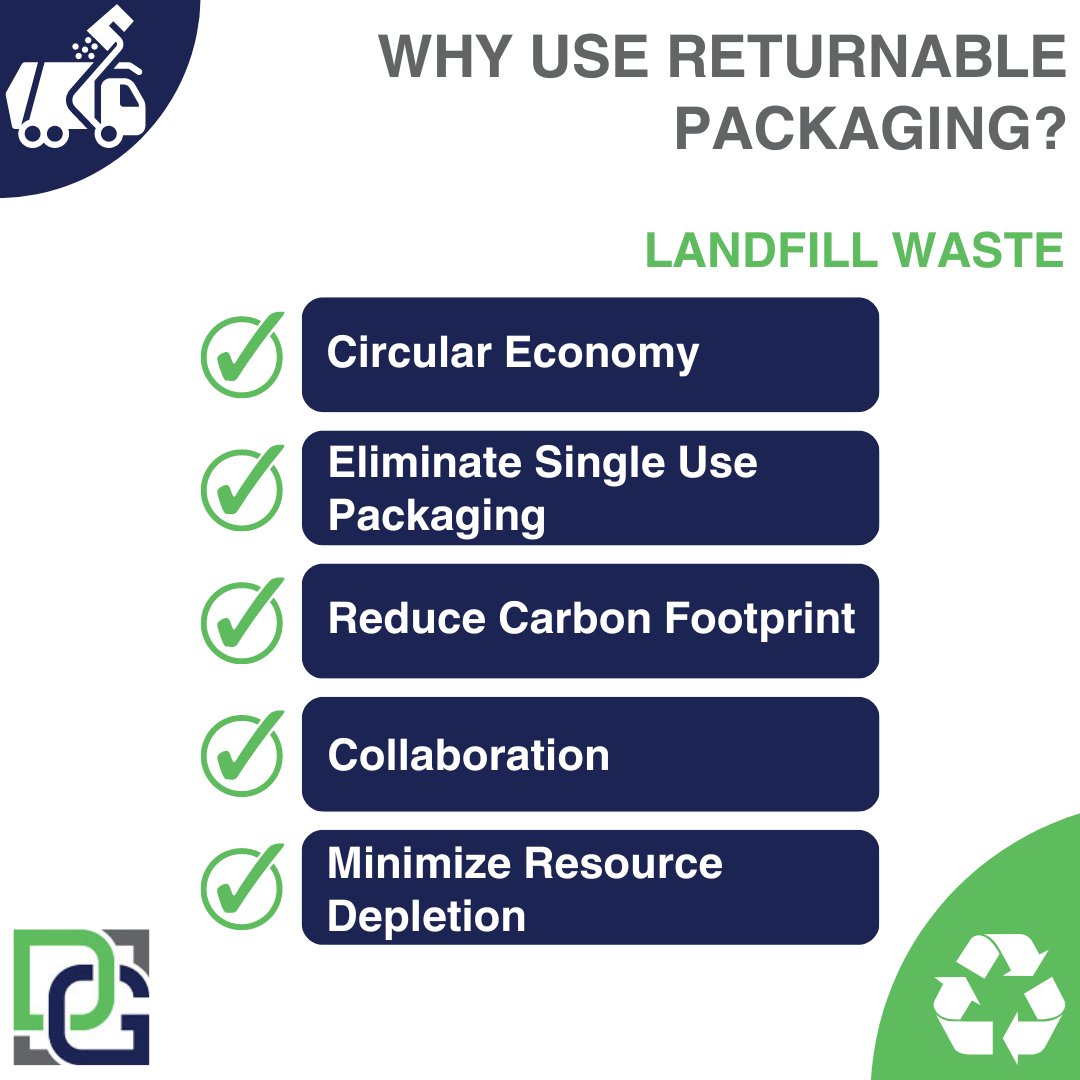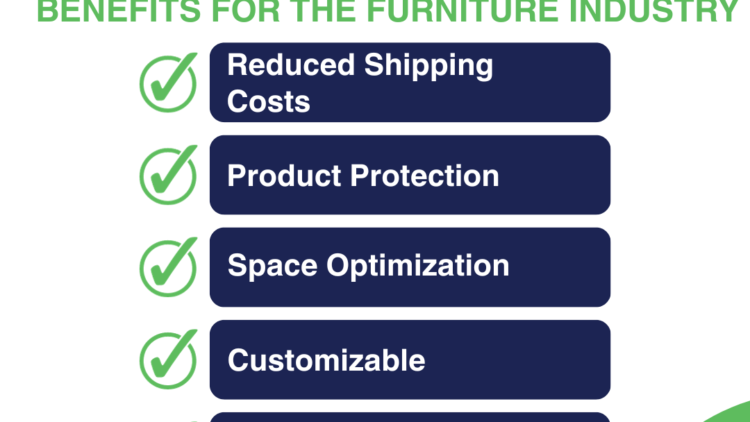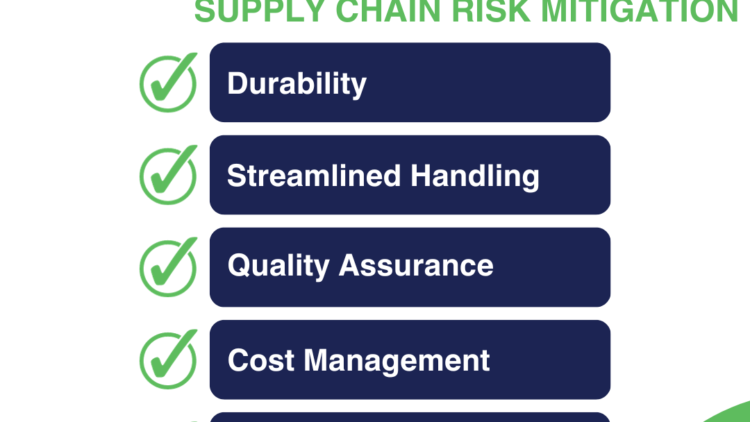Introduction
Landfill waste is a growing environmental concern that demands urgent attention. In today’s consumer-driven world, packaging waste contributes significantly to the mounting problem of overflowing landfills. However, a sustainable solution exists in the form of returnable packaging. This innovative approach to packaging not only offers numerous benefits to businesses but also plays a vital role in reducing landfill waste. Let’s delve into the transformative impact of returnable packaging on waste reduction.
A Circular Economy Solution
Returnable packaging embodies the principles of a circular economy. Unlike traditional single-use packaging, which often ends up discarded in landfills after just one use, returnable packaging is designed for multiple cycles of use. By reusing and repurposing these durable containers, we break away from the linear “take, make, dispose” model, significantly reducing waste generation and landfill burden.
Eliminating Single-Use Packaging Waste
Returnable packaging eliminates the need for single-use packaging materials, such as cardboard boxes, plastic wrap, and Styrofoam. Each time a returnable package is reused, it prevents the waste produced by countless single-use alternatives. With a closed-loop system, these containers can be used repeatedly, minimizing the environmental impact and preventing unnecessary waste from ending up in landfills.
Reducing Carbon Footprint
The reduction in landfill waste directly correlates with a decrease in carbon emissions. Landfills are notorious emitters of greenhouse gases, contributing to climate change. By opting for returnable packaging, businesses can significantly mitigate their carbon footprint. The process of manufacturing, transporting, and disposing of single-use packaging materials consumes significant energy and resources, which is considerably reduced when using returnable packaging.
Collaboration for Waste Reduction
Returnable packaging fosters collaboration within supply chains. Manufacturers, suppliers, and customers are encouraged to work together to establish efficient return and reuse systems. By collaborating on the return and management of packaging assets, businesses can optimize logistics and minimize waste generation, ultimately reducing the amount of packaging material destined for landfills.
Minimizing Resource Depletion
Returnable packaging reduces the demand for new packaging materials, helping conserve valuable resources. By reusing and refurbishing existing packaging, we extend the lifespan of these materials and reduce the need for raw materials, contributing to a more sustainable use of resources and safeguarding our natural environment.
Conclusion
The role of returnable packaging in reducing landfill waste cannot be overstated. With its circular economy approach, elimination of single-use packaging waste, reduced carbon footprint, and promotion of collaboration for waste reduction, returnable packaging serves as a powerful solution for businesses aiming to make a positive environmental impact. Embracing returnable packaging is not just a step towards waste reduction but a significant stride towards building a more sustainable and resilient future for generations to come. Let’s unite in adopting returnable packaging as a transformative solution to curb landfill waste and pave the way for a greener tomorrow.





